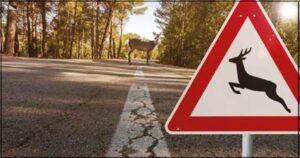One of the best ways to ensure you’re safe on the road is to look after your tyres.
It is more likely during the autumn/winter months that road and weather conditions will cause delays and your journey routes and scheduling will need to be altered. Good practice is to build time into a journey, which means drivers will be less likely to rush in order to make up for any delays.
It is crucial that journey scheduling allows for the following:
• Time for sufficient rest stops;
• for drivers to take account of reasonably foreseeable weather and traffic conditions; to comply with speed limits;
• to know what to do in the event of accident, breakdown or getting stuck
• and ensure that vehicles contain adequate equipment and are in good mechanical condition.
One of the best ways to ensure you’re safe on the road is to look after your tyres. Pressure and tread depth is something you can check once a month to improve your safety and to avoid those hefty fines if your tyres don’t reach the minimum level.
As darker nights arrive and the weather becomes more dull and foggy so the use of our headlights will be more frequent. Check on a regular basis that all of your car lights are working. These would include: indicators, headlights, fog lights, brake lights and rear lights.
The sun starts to lower during the season of autumn, this means that there is the potential for hazardous driving conditions. This, along with wet roads and mucky windscreens, can reduce your visibility. To improve your visibility you should keep your windscreen clean and to replace windscreen wipers if they’re worn or are a couple of years old.
Around 74,000 deer are hit by cars every year. Hitting a deer is likely to cause a serious accident and major damage to your car. So, it is always a good idea to watch your speed when you are driving through the countryside. Where there is likely to be deer around there are deer road warning signs, it is best to slow down when you spot them.




